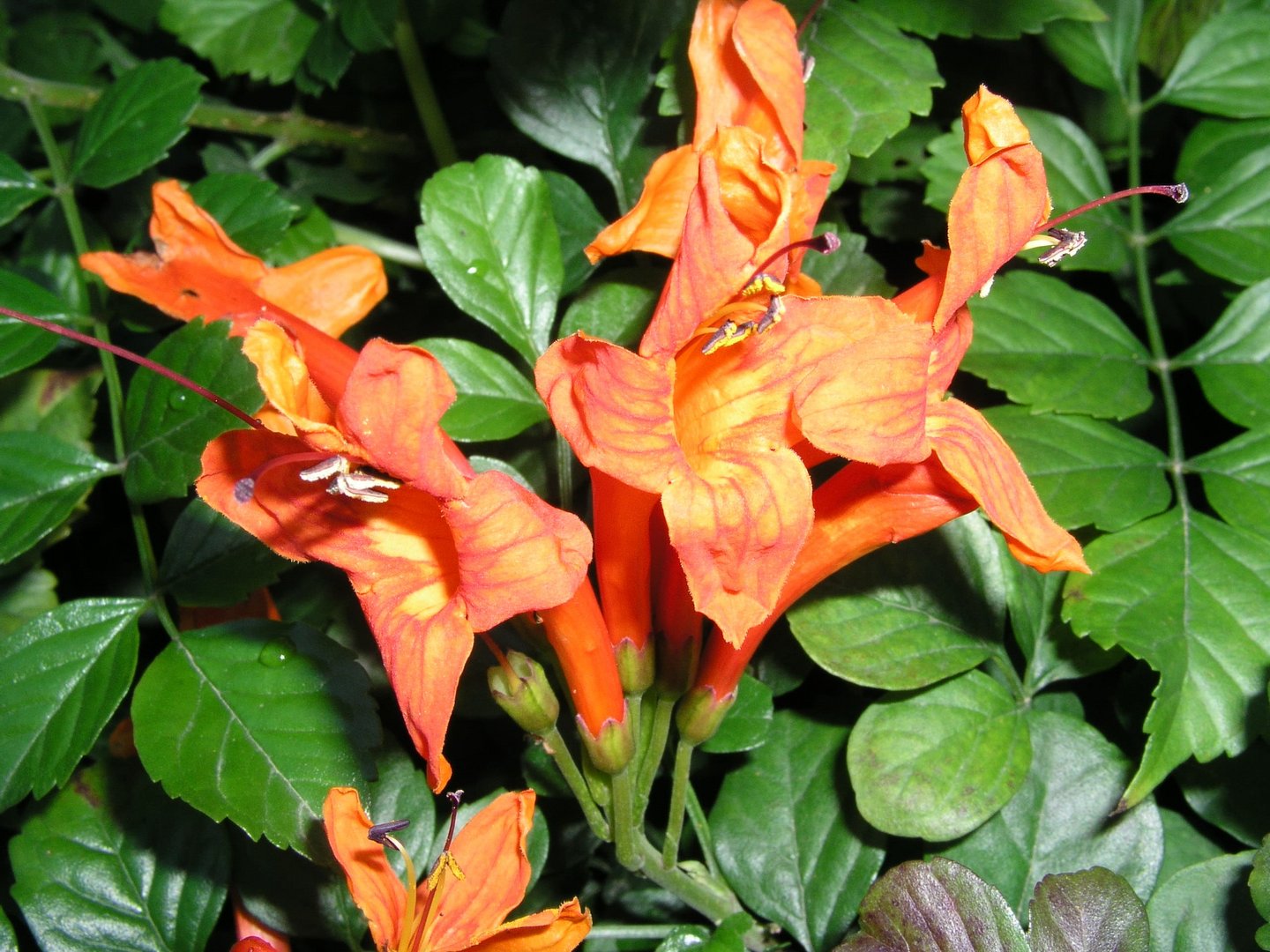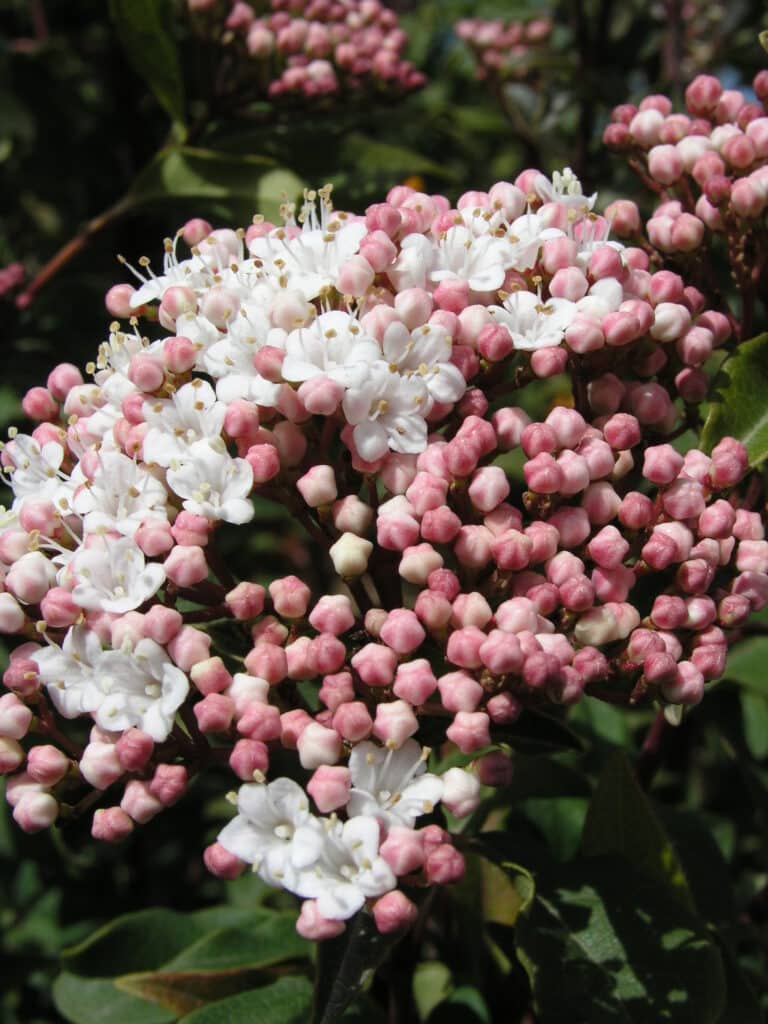Bulbs, seedlings and more are already coming to life
I make the same New Year’s resolution every year, that I will not buy any plants that I do not have a space for. However, on my first trip to the local garden centre in the post-Christmas sales I know that there will be something that I just can’t resist and bang goes my resolution again! With so many different plants available here nowadays, it is easy to think that they will all grow well in our gardens. A lot of them are raised in Dutch nurseries where more temperate climes prevail and some cannot endure our hot summer temperatures and/or the cold winter night temperatures that we may have at higher elevations. So, it is important to choose carefully.
Most garden centres have plants clearly labelled these days showing the botanical name as well as the common name and Greek name. The second part of the botanical name describes the plant – which can be where it originally came from (useful to know), or the shape of the leaf or flowers and it is usually written in italics. For instance, Tecoma capensis; tecoma is the name of the plant and capensis tells you that the plant came from the Cape area of South Africa. Nana means dwarf and fulgens means shiny. These are just a few of the terms used. Most gardening books have a list of descriptive names somewhere amongst the pages.
Bulbs are thrusting through the soil already and before long will be bursting into bloom. The many freesias that I planted in late autumn are well ahead. I didn’t plant as many as usual as I wanted to grow some vegetables like Kohl Rabi, cauliflower and broccoli along the same bed. (Home grown is so much better than shop bought). I can hardly wait for the pretty flowers to appear on the clumps of cyclamen in the shade of the trees, though, meanwhile, I do enjoy the lovely patterns on the different leaves.
After the early winter rains, seedlings are popping up everywhere but not all of them are weed seedlings, so check them closely before you pull them out. I have many wild flowers growing in the beds alongside the cultivated plants, including tiny geraniums, euphorbias and the tiresome oxalis, which makes a pretty picture in the late winter, but a devil to be rid of if you don’t like it. I already have some heritage sweet peas coming up. Osteospermums, having seeded themselves everywhere, make fresh new plants very quickly.
Things to do this month
You may still be able to enjoy the lovely perfumes of loquat (Mespila) during the early winter. If the weather is dry then the bees will do their job and delicious bright yellow fruits will follow in the springtime. Mespila need very little attention with no feeding and only a little thinning of branches is necessary. Viburnum tinus should be a mass of flowers now. The perfume of this hardy shrub, which started life in our region, could hardly be described as fragrant, but its appearance means that spring is not that far away.
Now that the leaves have dropped from the prunus trees (almonds, plums, peaches, apricots and nectarines), it is time to prune them, although plums are better pruned after the fruit has been picked so that the pruning cuts have healed over before the winter comes in, or silver leaf may occur and eventually the branch will die. There is a very short period of time before the first buds swell on the almonds and they burst into glorious flowers, so you have to get cracking with that job. What you are looking to do is to remove any dead or damaged branches. The next step is to check for crossing branches and any really thin branches. Use clean sharp secateurs so that you don’t pass any fungal diseases from one tree to another and make sure that the pruning cuts are neat. Don’t leave jagged edges to walk into accidentally. There have been reports of gumming from all around the island. Gumming (bacterial canker) is when a branch starts to ooze sap through the bark and sometimes the leaves have spots on them as well. Once you have that in your trees, it is not good news. You can try a short-term remedy and that is to cut off the diseased branch above the canker or spray with a copper-based fungicide like Cuproxat, but it is likely that it will return and you will eventually lose the tree.
If you don’t prune pecans severely now they will really take over your garden. They are not suitable for small gardens at all and even in a large garden they need severe pruning after the leaves have dropped, to keep them under control. You also have to be prepared for a lot of litter from them. The male tassels wilt and drop in the springtime and then when the leaves have changed colour to gold, they too will fall on the orchard floor and have to be gathered up. As well as all this you have to beat the crows when it comes to harvesting the nuts. This year we had a poor harvest because the wretched birds were tearing them off the trees before they were ripe and dunking them in the pool water to soften them up!
I love to see the shape of fig trees without their leaves when the branches glisten in the winter sun. They might need a little pruning now that you can determine the shape of the tree. Pomegranates and loquats only need a little trimming and do leave citrus trees until you have harvested the fruits, which as they grow become very heavy and may break the branches, so watch out for that.
Another plant that needs attention now is ‘pampas grass’. Cut the plant down to ground level, which should be done with great care, as the leaves have extremely sharp edges. To make new plants take a sharp spade to the clump and dig out a piece and plant it in a sunny spot. It will grow perhaps to 2-3 metres in the right conditions so choose the spot with care. Strelitzia leaves may have become torn in the winter gales so remove them, watching out for the sharp tips. If you live on the coast then they may be in flower already.
Any plants you have received as Christmas gifts may need some looking after. Poinsettias will keep going for quite a while unless you over-watered them. Most die because their roots were too wet! When the red bracts have fallen off, cut the plant back to new growths appearing down the stems and you may be able to keep the plant until next Christmas, when it could turn red again on its own. Cyclamen are best grown in terracotta pots and the best way to keep them going is to soak the whole pot, drain it and then place a piece of damp kitchen roll under the pot in the saucer. They too dislike having wet roots! Orchids like to be misted and the best place to grow them at home is in the bathroom. You should be able to enjoy them for a very long time, as they need very little maintenance.
Plant of the Month Gladiolus tristis var concolor
A member of the large gladiolus family, this elegant little gem is much sought after to bring some winter or early spring cheer to your home or garden. Known as a cormous perennial, the tall, mid-green, thin leaves can grow to around 70cm. The bonus of these small but elegant plants are the dainty evening-scented, funnel-shaped flowers that are flushed with green or yellow, and which rather like the larger gladiolus grow along the tips of the long stems. A native of the grasslands of South Africa, especially in the Natal area, which has given us many wonderful plants that we can grow here successfully, it is known there as the ‘ever-flowering gladiolus’, ‘lady of the night’ or ‘March Afrikaner’.
Propagation is by seeds sown in the autumn, in deep seed trays in a combination of compost and sand and kept slightly moist, which will allow the roots to develop. Once established the tiny corms can be grown in full sun, but try them first in a pot. Rather like other bulbs, do not remove the leaves until they have completely died down, as this is the time that the new flowers are formed within the bulb.
Interestingly, the word tristis comes from the Latin and means sad, but this little joy in your garden is anything but sad. Be aware that this delightful gem is toxic to cats, dogs and even horses. You probably won’t find it on sale in your garden centre, so you may have to beg a few bulbs from your friends.









Click here to change your cookie preferences